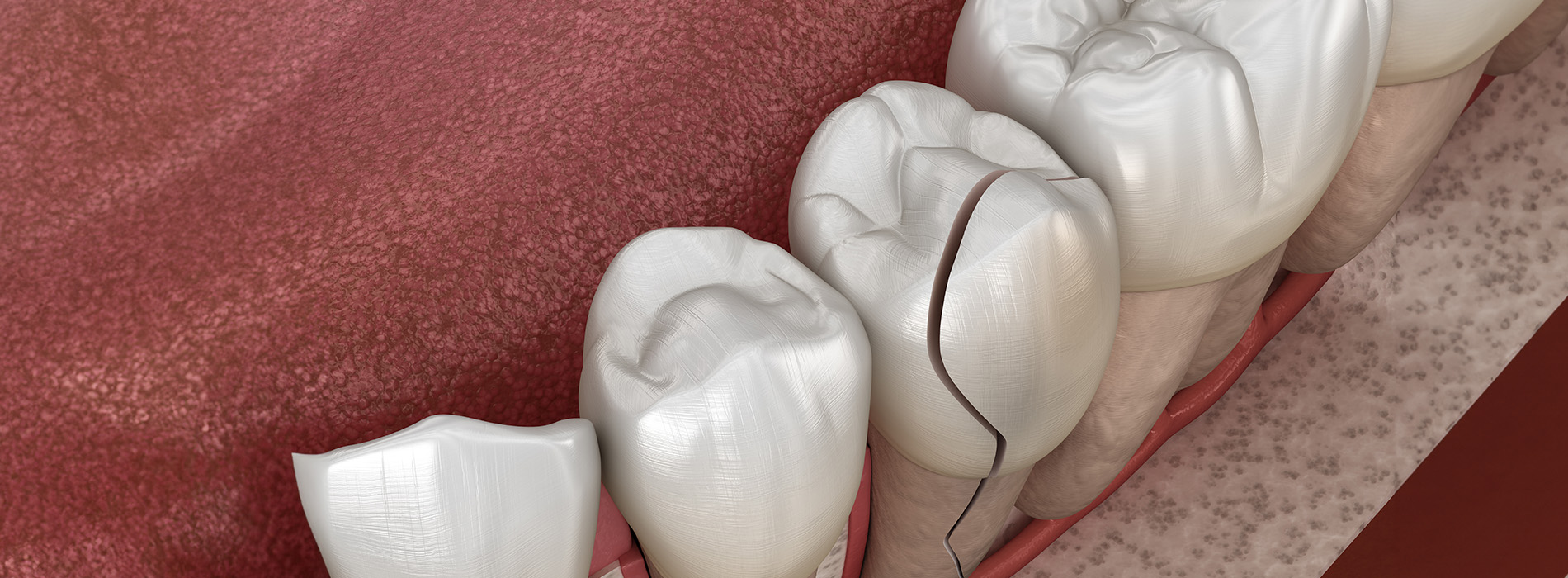Existing Patients
(724) 779-7999
New Patients
(724) 215-9013

Oral and Maxillofacial Surgeons are highly skilled specialists trained to provide treatment for all types of facial trauma including the emergency management of dental and maxillofacial injuries, as well as any required facial reconstruction procedures.
Oral and maxillofacial trauma can range from dental injuries or lacerations in and around the mouth to more complex and severe damage to the soft tissues and many bones of the face and skull. These injuries are often caused by motor vehicle accidents, assaults, sports or work related injuries, falls, or other mishaps involving direct physical trauma to the mouth and face.
Chipped, Fractured or Cracked Teeth
It is not uncommon for a tooth to sustain a chip, crack or fracture. It may happen simply from biting down on a piece of ice, chewing on a pencil, or sustaining trauma such as a direct blow to the face and mouth. The damage to a tooth can range from a minor craze line or a small chip of the dental enamel to a more extensive fracture of the tooth that can even go so far as to fracture the root or split the tooth. Based upon the extent of damage to the fractured or cracked tooth, treatment may simply involve placing a suitable restoration such as a filling or crown or a root canal procedure along with a restoration. When the damage is extensive, an extraction is sometimes required.
Dentoalveolar Injury
Dentoalveolar Injuries refer to injuries involving the teeth and the bone surrounding the teeth. These injuries can include teeth that have been dislodged with or without a segment of the surrounding bone, or an avulsion, which means that a tooth has been completely “knocked out” of its socket. Treatment of these injuries requires they be treated without delay to reposition and stabilize the involved teeth and/or bone in the correct anatomical positions.
While the Oral and Maxillofacial Surgeon can provide the initial treatment for this type of a traumatic injury, the involved teeth should be followed and assessed by the general dentist or the endodontist for any long-term effects to the teeth, the surrounding bone, or the occlusion, as well as to perform any necessary procedures to restore these teeth.
Soft Tissue Injuries
Soft tissue injuries of the Maxillofacial region include lacerations within the mouth (intra-oral) and facial lacerations. The diagnosis and treatment of soft tissue injuries involves repairing the injury to achieve the best cosmetic result, and as possible to maintain function and sensation in the involved area.
Facial Bone Fractures
Fractures of the upper or lower jaws, fractures to the orbit of the eye, the cheekbone, and nasal fractures are common facial injuries involving the bones of the face that are treated by an Oral and Maxillofacial Surgeon.
Facial bone fractures are treated in much the same way as fractures of other parts of the body. The goals are to restore alignment, achieve bony union, prevent any infections from developing, reestablish function, and to maintain normal facial appearance. Treatment considerations for facial fractures may include the health and age of the patient, the location of the injury, as well as the degree of severity of the fracture and the associated damage.
While the bones in the face cannot be put in a cast like the treatment of limb fractures, other methods of stabilization are employed by the Oral and Maxillofacial Surgeon to allow effective and complete healing of the involved bones. Certain jaw fractures may require a surgical procedure and stabilization. This may involve the placement of small plates and screws at the affected site, or the temporary wiring of the jaws together.
